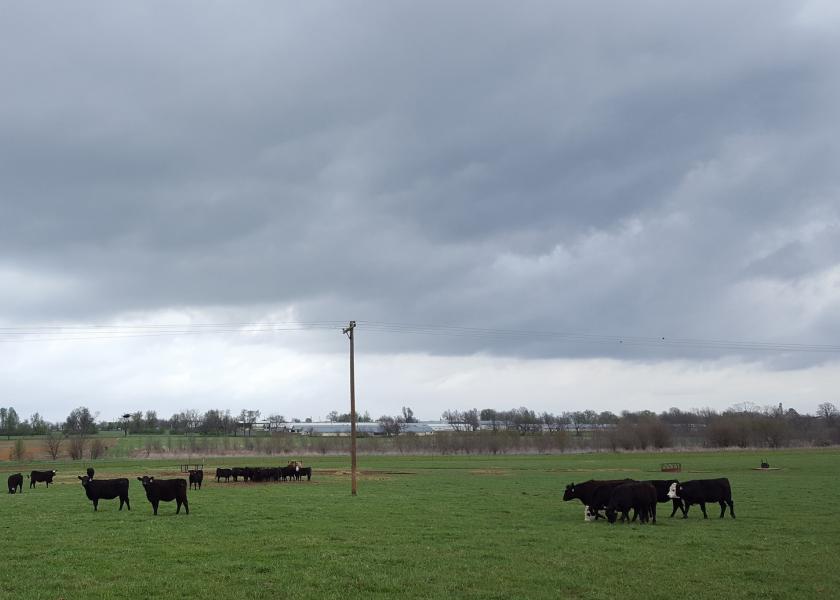How to Stop Flukes

If you’re grazing cattle in coastal areas or river bottom pastures, then your cattle may be at risk for picking up liver flukes. It’s important to consider control measures as conditions in these areas support the fluke life cycle.
Why
Liver flukes can negatively impact the overall health of cattle, so understanding the life cycle is key to treatment timing. Mild, wet spring and fall weather bring larger amounts of water and snail populations. The common liver fluke (Fasciola hepatica) is a parasite that requires both — water and a snail host — to complete its life cycle.
In the Arkansas River Valley, Cy Shurtleff, DVM, owner of Morrilton Veterinary Clinic in Morrilton, Arkansas, has seen more fluke issues in recent years.
“We’ve been running fluke finder tests because cattle do not seem to be responding to dewormers as well,” he said. “We realize flukes are out there, and a fluke finder is an easy test we can run in-house. It’s a 10-minute test, so you can do several fairly easily.”
In addition to slower response to treatments, liver flukes can cause:
- Lack of appetite
- Pain in cattle in early infection stage
- Slow, steady weight loss
How
The most important factor for effective liver fluke control is timing: Flukicides only kill adults.
There is an opportunity to catch adult flukes before they begin laying eggs, but this window of opportunity is small. It takes 10-12 weeks from the time fluke larvae are ingested until they become adults. New larvae availability stops for a few months as snails go dormant into the mud. But then, the fluke cycle and transmission starts again.
For effective fluke control, time treatment to when snails are dormant in the mud and adults are most prevalent — thereby breaking the fluke life cycle. This timing occurs primarily in summer, and particularly in August and September, for producers in Gulf Coast and southeastern states. For producers in the Pacific Northwest region, treatment should be about three months after the wet areas dry down because it takes three months for the fluke to mature in the animal. This visual outlines timing considerations for the Gulf Coast region.
If you’re in one of these regions, or grazing cattle in wet areas, work with your veterinarian to learn if flukes might be an issue and to help develop an effective control program.
You have a window of opportunity to break the fluke life cycle by administering a product that is labeled to help remove and control adult liver flukes at the right time. If you use a product that helps control liver flukes, in addition to other major parasitic worms, then you won’t have to add another product into your rotation.
Flukes are one challenge, but they aren’t the only challenge you might have.
“In our area, we have about 10 months of possible parasite transmission,” Dr. Shurtleff said. “We have many years when we don’t get our first heavy frost until late November or early December, so cows and young calves start to graze and pick up parasites. Parasite control is the cornerstone of our herd health program at our clinic. If animals are being challenged by parasites, even the greatest vaccine program in the world will fail.”
For more information about solutions from Zoetis, visit GetLessParasites.com.







